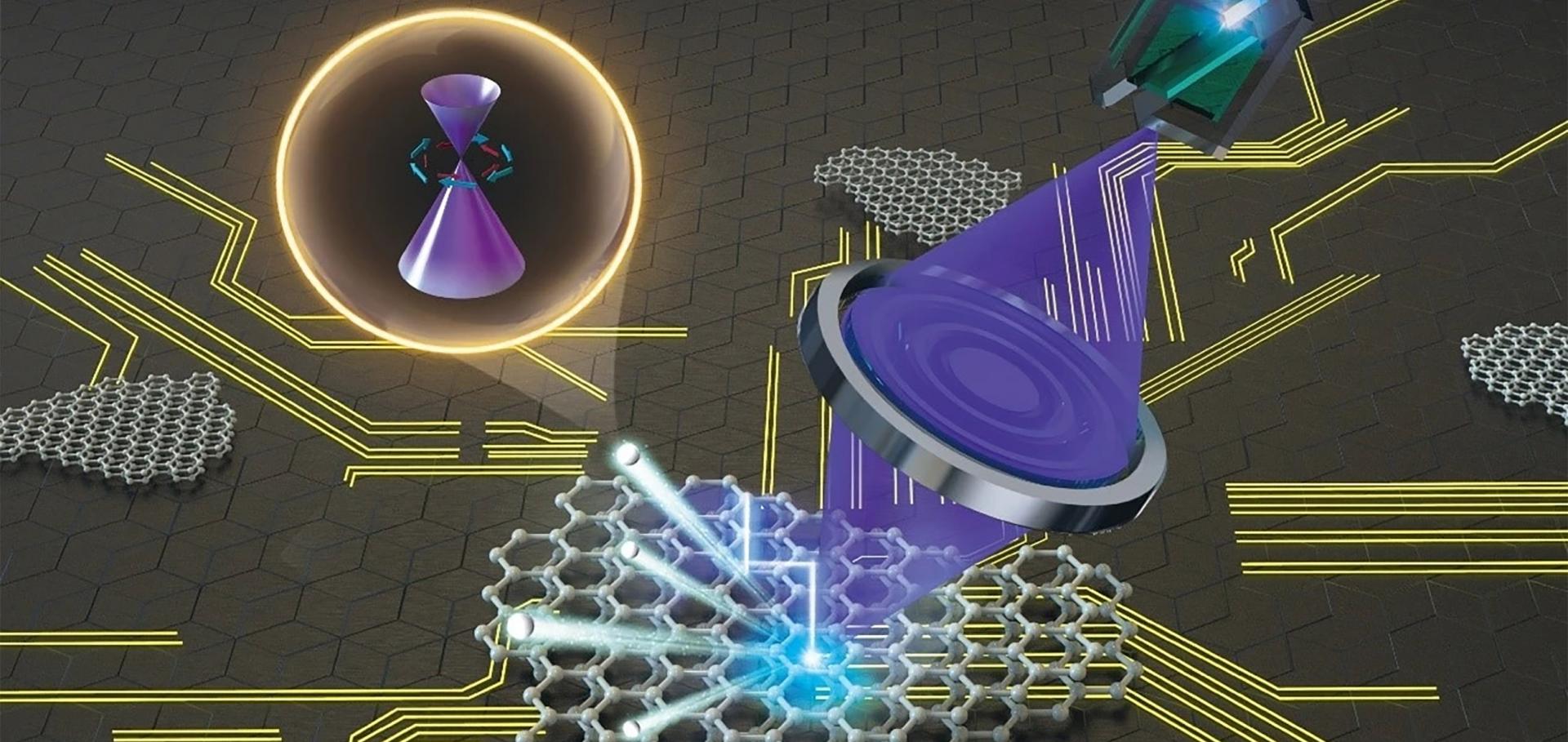Magnetic exchange induced Weyl state in a semimetal EuCd2Sb2
APL Materials AIP Publishing 8:1 (2020) 011109
Topological Surface Dirac Fermion in BiTeCl-Based Heterostructures
SPIN World Scientific Publishing 09:04 (2019) 1940015
Topological Electronic Structure and Its Temperature Evolution in Antiferromagnetic Topological Insulator MnBi2Te4
Physical Review X American Physical Society (APS) 9:4 (2019) 041040
Magnetic Weyl semimetal phase in a Kagomé crystal
Science American Association for the Advancement of Science 365:6459 (2019) 1282-1285
Abstract:
Weyl semimetals are crystalline solids that host emergent relativistic Weyl fermions and have characteristic surface Fermi-arcs in their electronic structure. Weyl semimetals with broken time reversal symmetry are difficult to identify unambiguously. In this work, using angle-resolved photoemission spectroscopy, we visualized the electronic structure of the ferromagnetic crystal Co3Sn2S2 and discovered its characteristic surface Fermi-arcs and linear bulk band dispersions across the Weyl points. These results establish Co3Sn2S2 as a magnetic Weyl semimetal that may serve as a platform for realizing phenomena such as chiral magnetic effects, unusually large anomalous Hall effect and quantum anomalous Hall effect.Topological Lifshitz transitions and Fermi arc manipulation in Weyl semimetal NbAs
Nature Communications Springer Nature 10:1 (2019) 3478


